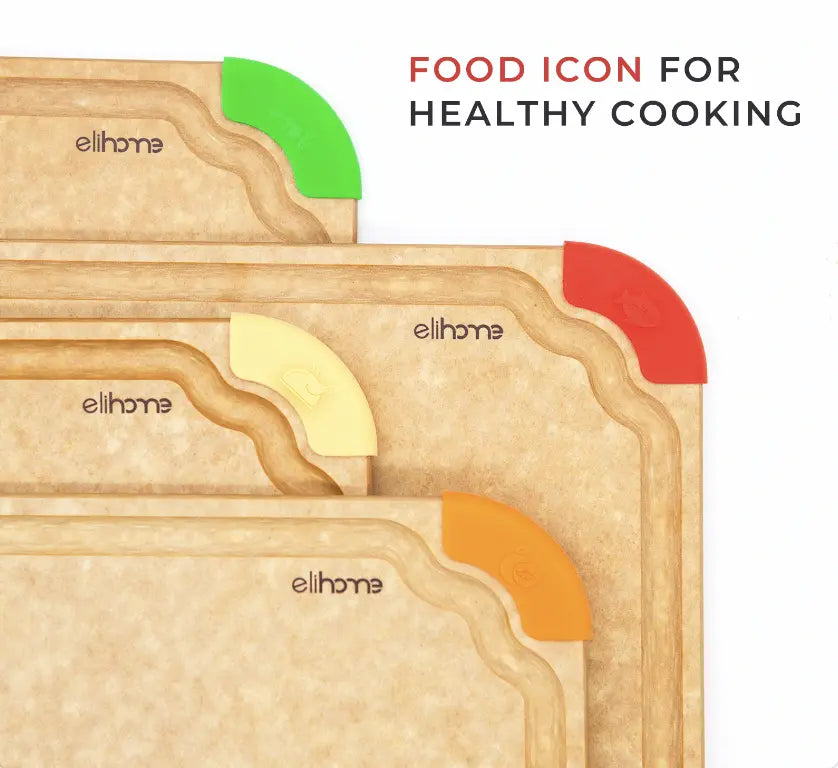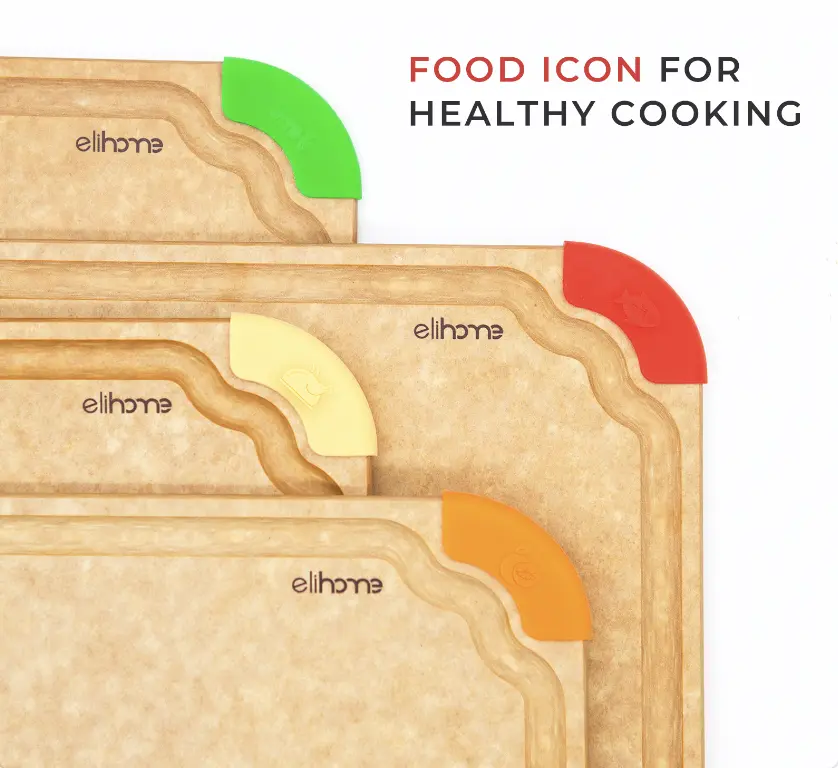
What Materials Are Best for Cutting Board Feet?
Choosing the right materials for cutting board feet can significantly enhance the stability and longevity of your cutting board. In this blog, we’ll explore various materials commonly used for cutting board feet, their benefits, and considerations to help you make an informed decision.
Understanding Cutting Board Feet
Before diving into the materials, let’s clarify what cutting board feet are and their purpose in providing stability.
Cutting board feet are small pads attached to the bottom of your cutting board. They prevent the board from sliding around on the countertop, which can not only be frustrating but also dangerous while chopping.
These feet help to create a more stable surface, allowing you to focus on your culinary skills rather than worrying about the board moving unexpectedly. The importance of a steady cutting surface cannot be overstated, especially for precision tasks.
Material 1: Rubber
Rubber feet are popular for their non-slip properties, providing excellent grip on surfaces and preventing the board from sliding while you chop.
They are not only great at keeping your board in place, but their durability also means that they won’t wear down easily. Many home cooks appreciate how rubber feet can absorb shock, making chopping vegetables a smoother experience.
Moreover, rubber is resistant to moisture, which makes it ideal for cutting boards that will be used for a variety of food items, from juicy fruits to tender meats. It helps maintain a sanitary environment, as it does not harbor bacteria.
Material 2: Silicone
Silicone feet are flexible and heat-resistant, making them a great choice for a cutting board that can also be used in higher temperature environments.
They provide a soft touch and great grip, which is ideal for adjusting the board during use without disturbing your food prep. The flexibility allows them to conform slightly to uneven surfaces, ensuring your stability.
In addition to their practical applications, silicone is easy to clean, which makes it a convenient option for busy kitchens. A quick wash under warm water is often all it takes to maintain them, keeping your kitchen hygienic.
Colorful silicone feet can also add a fun pop of color to your kitchen, making them not just functional but also aesthetically pleasing.
Material 3: Wood
Wooden feet offer a classic look and feel, blending seamlessly with wooden cutting boards and providing durability without scratching surfaces.
They complement the natural aesthetic of wood, which many chefs adore. This material can also be gentle on knife blades, helping maintain edge retention as you prepare your meals.
However, it’s crucial to ensure that the wood is treated appropriately to withstand moisture and wear over time. Regular oiling can help to keep the wood conditioned, enhancing both aesthetics and longevity.
Material 4: Plastic
Plastic feet are lightweight and easy to clean, often available in various colors, making them customizable for your kitchen aesthetic.
One of the greatest advantages of plastic is its resistance to stains and odors, making it a practical choice for a cutting board that sees a lot of action.
Additionally, plastic feet can often be found in different shapes and sizes, allowing for a tailored fit on any cutting board. Their affordability is also appealing; they can easily be replaced if damaged.
Considerations for Choosing Material
When choosing the best material for cutting board feet, consider factors such as durability, ease of cleaning, and compatibility with your kitchen style.
It’s important to think about how much use your cutting board gets. For high-use boards, materials like rubber or silicone might be more suitable due to their durability.
Additionally, aesthetics play a role; you may want to match the feet with your kitchen decor or the materials used in other utensils or appliances. If you often prepare food requiring high temperatures, silicone can be particularly advantageous.
Ultimately, the choice of material will hinge on personal preference, usage scenarios, and the specific needs of your culinary adventures.
In Summary
In conclusion, selecting the right material for your cutting board feet is essential for its functionality and durability. Whether you choose rubber, silicone, wood, or plastic, each material offers unique benefits that can enhance your culinary experience.

